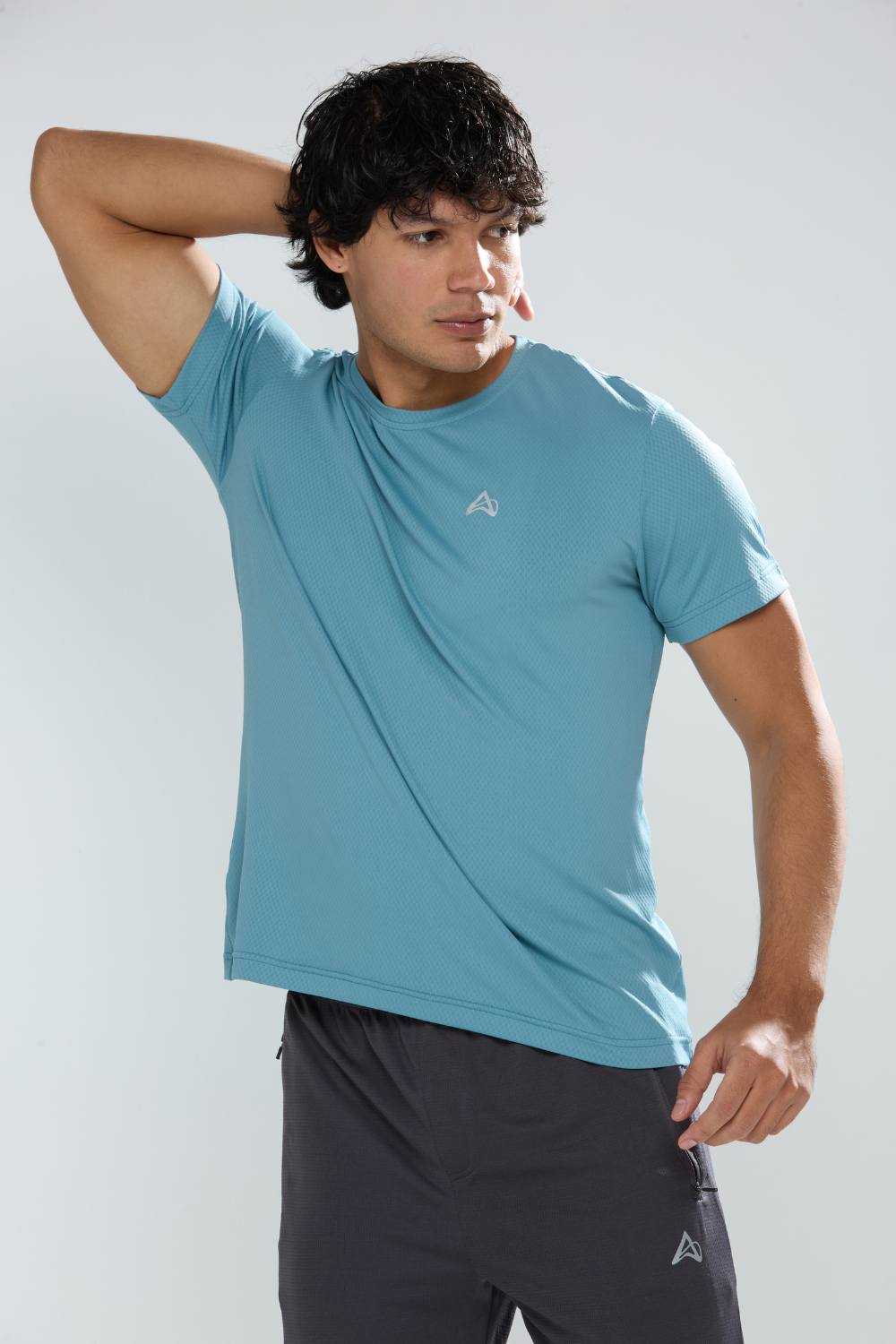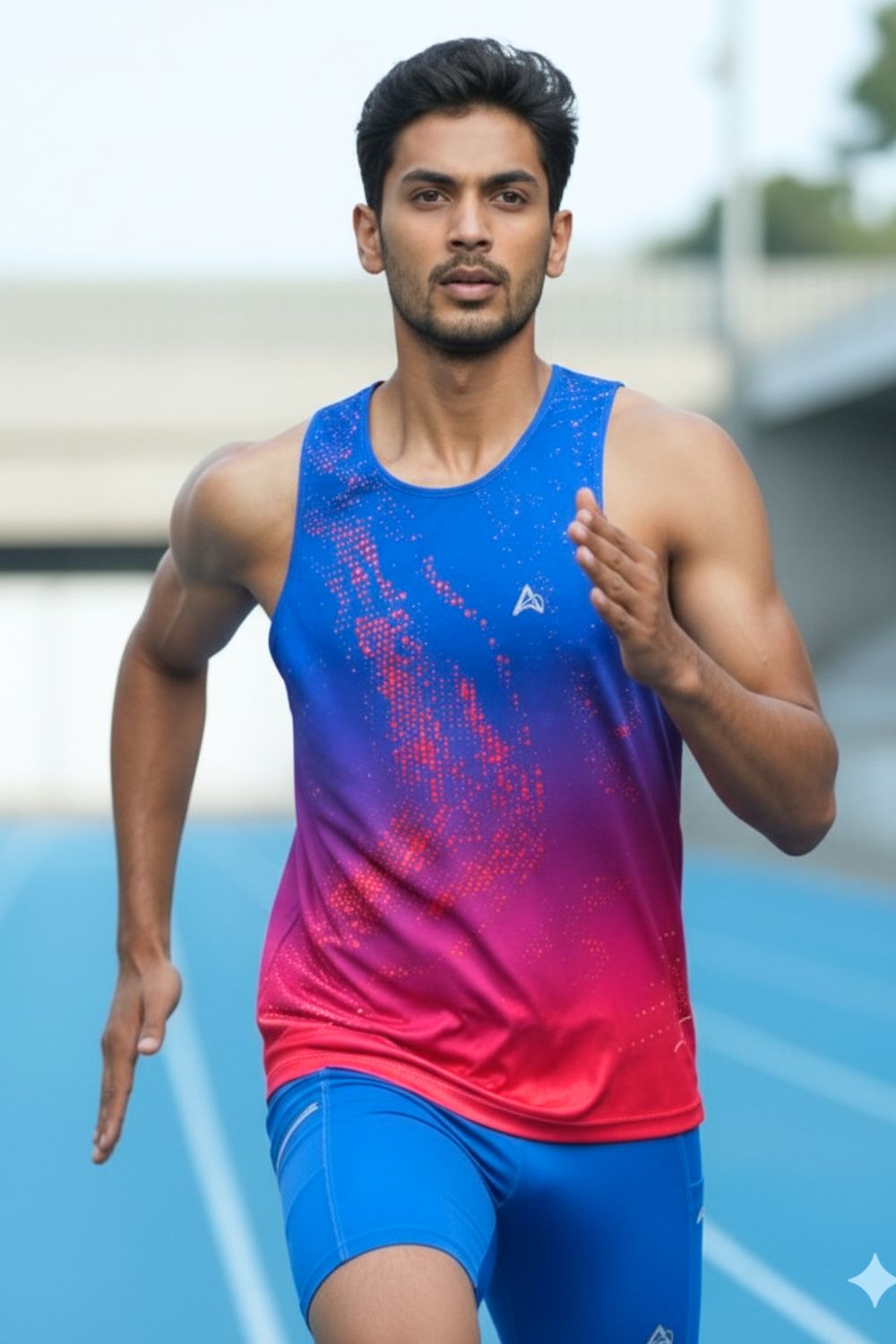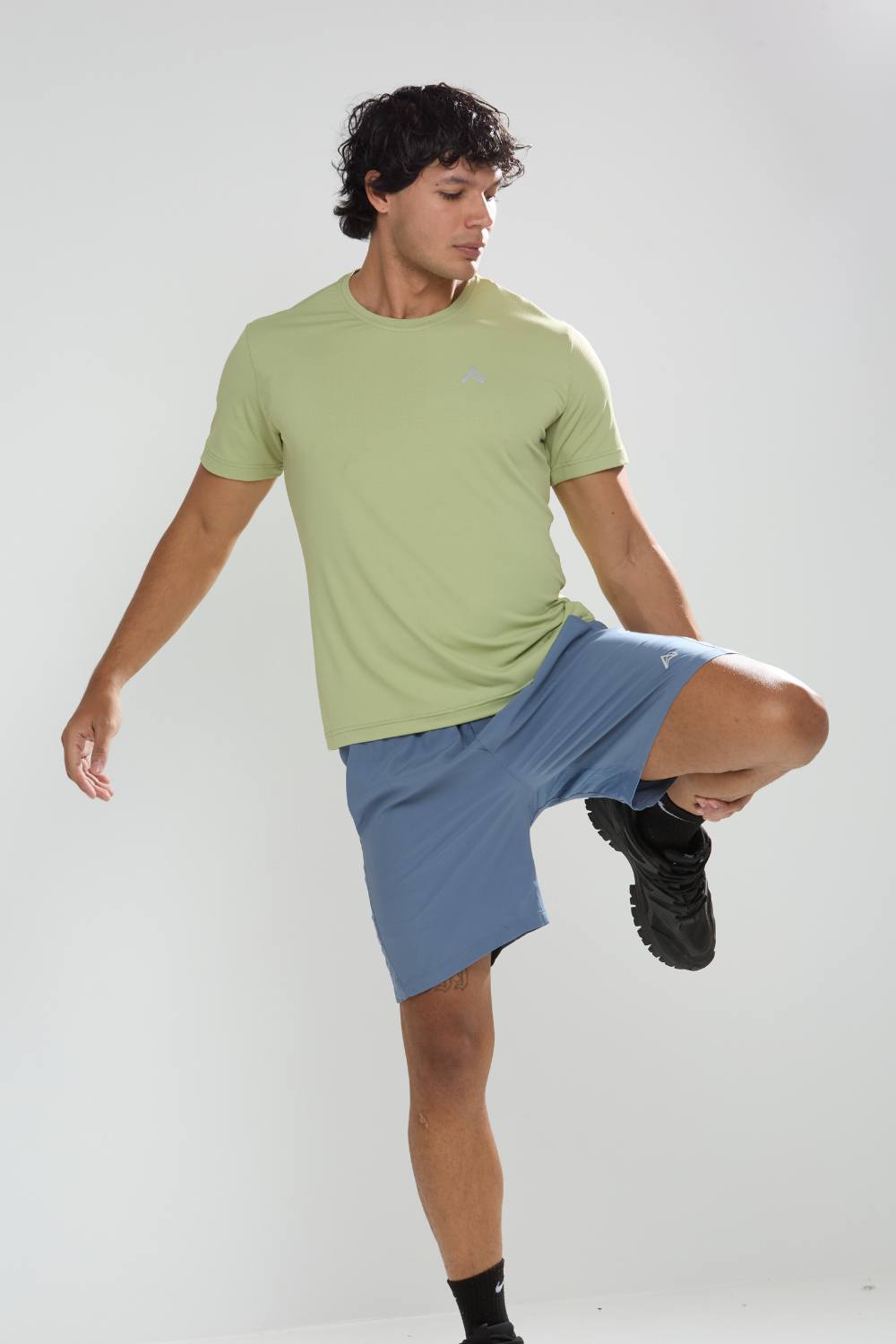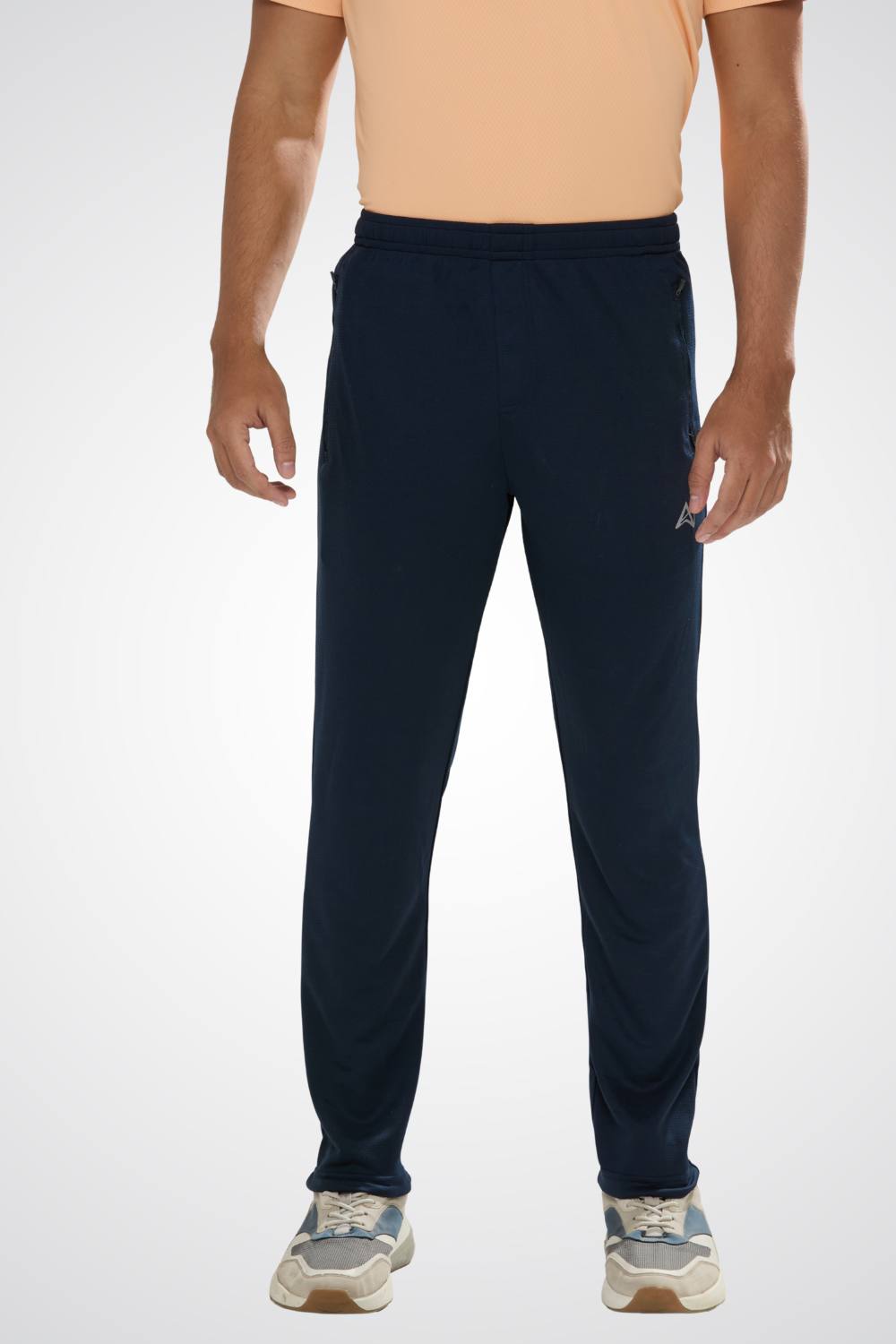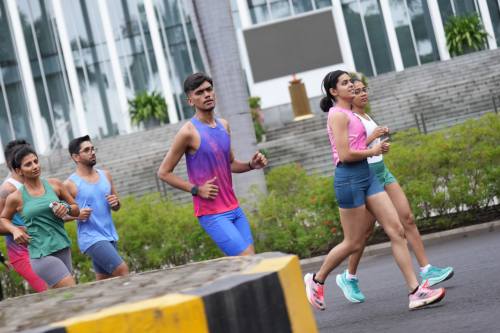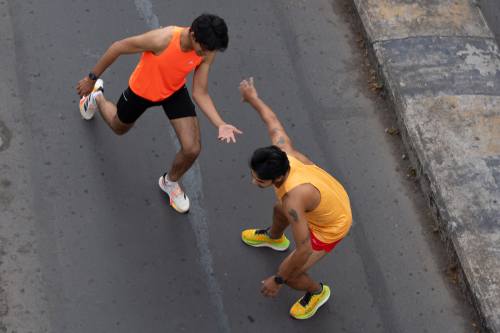Quick Listen:
The crack of the starting pistol echoes across the rugged trail, sending a surge of runners into motion under a merciless September sun. Sweat beads form almost instantly, legs churn against the unyielding earth, and for the next grueling hours or days these athletes confront not only the raw power of nature but the insidious pull of their own inner demons. Doubt slithers in like fog, fatigue roars like thunder, urging surrender at every turn. In the world of endurance running, where marathons morph into ultramarathons devouring 100 miles or more, raw physical might tells only half the tale. The true differentiator, the silent architect of victory or collapse, is mental resilience a force now commanding center stage as runners, coaches, and savvy activewear innovators alike harness its transformative potential.
Tired of gear that slows you down? Chafing, soggy fabrics, and missing pockets kill your run's momentum. At Aguante, we're runners who get it. Our high-performance activewear features moisture-wicking fabrics, ergonomic designs, and smart storage to keep you focused. Shop Now!
Mental Resilience: Redefining the Frontiers of Endurance Running
Endurance disciplines have forever exacted a toll of unyielding grit, yet the glare on mental fortitude burns fiercer in 2025 than at any prior juncture. Today's runners transcend mere mileage accumulation; they sculpt their psyches through disciplined regimens of mindfulness meditation, vivid visualization exercises, and targeted cognitive endurance protocols. This evolution mirrors a seismic societal pivot: psychological equilibrium rivals corporeal vigor as the bedrock of elite and everyday athletic triumph. Consider the global sports psychology services market, pegged at $2.1 billion in 2024 and barreling toward $5.8 billion by 2033 at a brisk 11.7% compound annual growth rate. This explosive trajectory stems from an acute acknowledgment that psychic steel can dictate outcomes in brutal spectacles like ultramarathons or Ironman triathlons, where the body begs for mercy but the mind decrees persistence.
Forward-thinking coaches embed these mental drills seamlessly into holistic regimens, interweaving them with explosive sprints and punishing hill ascents. The digital revolution amplifies accessibility: meditation apps and neural fitness trackers democratize once-esoteric tools, bridging the chasm between Olympians and office-bound enthusiasts. Wearables, pivotal to the $26.77 billion sports technology market of 2024 poised to balloon from $32.47 billion in 2025 to a staggering $139.41 billion by 2032 now chronicle not solely cardiac rhythms but cortisol spikes and attentional lapses, delivering instantaneous psychic diagnostics. Ultramarathon stewards, sensing the tide, infuse their manuals with edicts on emotional priming, juxtaposed against timeless imperatives like electrolyte balance and stride economy. As one recent analysis underscores, psychological conditioning can elevate endurance output by as much as 18 percent, a statistic that reframes the mind as the ultimate performance multiplier.
Trail running, in particular, emerges as a vanguard for this mental renaissance. Amid global clamor for psychic wellness, these woodland pursuits morph into de facto "nature prescriptions," fusing aerobic rigor with therapeutic immersion in verdant expanses. Runners report not just amplified stamina but profound emotional recalibration 85 percent of consistent practitioners attest to heightened cognitive sharpness and affective steadiness post-session. Brain Endurance Training (BET), a hybrid of cerebral puzzles and somatic exertion, stands poised to mitigate psychic exhaustion, fortifying neural pathways against the inexorable creep of fatigue during protracted endeavors. From urban park loops to alpine traverses, this paradigm signals a departure from brute-force paradigms toward symbiotic mind-body orchestration.
From Podium Elites to Trailblazing Amateurs: Stories of Transformation
While pinnacles of the profession have long consulted sports shrinks for an psychic polish, this wisdom cascades downward in 2025, infiltrating grassroots enclaves from coastal enclaves to mountain hamlets. Urban running syndicates worldwide now synchronize high-intensity intervals with collective breathwork, transforming sweat-soaked gatherings into crucibles of communal fortitude. In Boulder, Colorado a mecca for mile-chasers one initiative prompts participants to conjure finish-line euphoria amid post-run stretches, a ploy lauded for trimming precious chrono seconds from personal bests. Tech titans like Catapult, entrenched in the sports innovation arena, forge alliances with mind mavens to birth apparel hybrids: envision compressive leggings engineered not merely for vascular aid but to instill a tactile aura of invincibility, cradling the wearer in assured poise.
This democratization extends to the harried everyman, juggling spreadsheets by day and solitary slogs by dusk. Mental acuity applications proliferate, arming desk jockeys with auditory cues to sustain zeal across interminable tempos. The global cognitive assessment and training market, clocking $6.4 billion in 2024 and hurtling to $51.97 billion by 2033 via a 26.2% CAGR, thrives on clamor for apparatuses honing recall, vigilance, and affective mastery. For the beleaguered marathoner confronting the spectral "wall" at the twentieth furlong, these digital sentinels delineate triumph from capitulation transmuting potential implosion into resolute propulsion.
Real-world vignettes abound. Ultramarathon luminary Courtney Dauwalter embodies this ethos, plunging into the "Pain Cave" a metaphorical abyss where verity unfurls amid torment to unearth unvarnished self-insight and intuitive reclamation. Her odyssey underscores running's spillover alchemy: neural sinew forged on unforgiving terrain spills into vocational valor and relational robustness. Echoing this, trauma survivors increasingly gravitate toward protracted trots as salvific sacraments, leveraging corporeal duress to reconstruct esteem and equanimity. Even icons like David Goggins, the ex-SEAL turned ultra-endurer, epitomize psychic indomitability a 10/10 beacon of boundary-shattering ethos that galvanizes legions. These narratives, woven from asphalt and adversity, illuminate resilience not as innate endowment but cultivable craft.
Navigating the Shadows: Hurdles in Harnessing the Mental Edge
For all its allure, psychic conditioning grapples with formidable foes in 2025's hyper-competitive circuits. Vestiges of machismo linger, branding mind coaching as frailty's fingerprint a archaic bias clashing against mounting empirical bulwarks. Quantifying the ethereal proves thornier than logging lactate thresholds or maximal oxygen uptake; absent a gold-standard gauge for tenacity or tenacity, benchmarking evolution or benchmarking rivals remains elusive. The $27.8 billion global sports training market of 2023, forecasted to crest $50.7 billion by 2035 at 5.2% CAGR, stresses bespoke blueprints attuned to idiosyncrasies, yet psychic blueprints languish in standardization's shadow.
Commercial predation looms larger still. As athleisure conglomerates vault aboard the wellness express, dubious "synergistic soma-spirit" garments proliferate, peddled sans scrupulous validation. Equity fissures yawn widest: bespoke psychic tutelage lavishes the affluent vanguard, forsaking throngs of aspiring treaders. This schism interrogates running's egalitarian ethos after all, its barrier to entry is merely a sole and a sidewalk. Ultra-veterans, drawing from septuagenarian wisdom, advocate "smarter toil" and experiential osmosis to surmount these snags, yet the chasm persists, imperiling inclusivity's promise.
Activewear's Ascendancy: Bridging Psyche and Fabric in the Pursuit
For athleisure architects, 2025's psychic surge heralds untapped bounty. Discerning dashers crave kit that caresses not solely sinew but sentiment fabrics that whisper assurance amid tumult. Gradated compressions, vapor-permeable lattices, and isothermals transcend utility; they cultivate dominion and daring, transfiguring apparel into affective armor. Savvy syndicates pivot, framing threads as integral to omnibus regimens. The sports technology market's vault from $32.47 billion in 2025 to $139.41 billion by 2032 mirrors fervor for such fusions, where silicon synapses entwine with synthetic strands.
Vanguards like Still I Run pioneer apparel bespoke for psychic poise, blending peak ergonomics with motivational motifs to propel through tempests. Vital Apparel channels proceeds toward neural inquiry, underscoring commerce's conscience. Broader tides see titans like Lululemon and Under Armour infuse "pristine botanicals" attuned to holistic hygiene, while Fabletics unveils Smile-infused lines championing cerebral serenity. Co-ventures burgeon: trail shells yoked to gratis neural apps, or orthotics iterated via shrink input for apex solace in apex duress. These stratagems transcend ledger lines; they forge fealty by affirming marques grasp the gestalt carnal, cerebral, celestial.
In Germany and beyond, consumer caprice tilts toward psyche-centric sportswear, where wellness weaves eclipse aesthetics. The activewear market, ballooning from $200 billion in 2024 to $300 billion by 2033 at 5.5% clip, underscores this symbiosis: garb as gateway to gait and grace alike.
Dawn of the Whole-Athlete Epoch: Endurance's Evolving Horizon
Dusk drapes a parched path as a solitary strider assaults an ultra's denouement, pulse thundering, psyche unyielding. This tableau, erstwhile emblem of somatic stamina alone, now encapsulates profundity: cognition claims supremacy among musculature. Prognosticators in psychic athletics foresee neural drills rivaling cadence cadences or ballast builds in ubiquity. The sports training market, hurtling to $50.7 billion by 2035, amplifies this prescience, with cerebral curation claiming crescendoed cachet.
Endurance ethos metamorphoses into integral athlete advocacy, interlacing raiment, sustenance, restitution, and ratiocination. Athleisure artisans who seize this inflection sculpting vestments abetting anatomy and acumen, undergirded by metric mastery poise to dominate densified domains. For fleet-foots, the dictum resonates: neural sinew forfeits secrecy. It underpins propulsion, perambulation, pinnacle breach. In 2025's relentless relay, the psyche doesn't merely endure it excels.
Frequently Asked Questions
How does mental resilience training improve endurance running performance?
Mental resilience training can boost endurance performance by up to 18 percent according to recent analysis. Through techniques like mindfulness meditation, visualization exercises, and cognitive endurance protocols, runners develop the psychological strength to push through fatigue and self-doubt during long races. This mental conditioning helps athletes maintain focus and determination when their bodies are begging for mercy, making the difference between finishing strong or hitting the wall.
What is Brain Endurance Training (BET) and how does it help runners?
Brain Endurance Training (BET) is a hybrid approach that combines cognitive challenges with physical exercise to build mental stamina alongside physical endurance. This method helps fortify neural pathways against mental fatigue during prolonged running efforts, allowing athletes to maintain sharp decision-making and motivation throughout ultramarathons and other endurance events. BET addresses the psychological exhaustion that often occurs before physical failure in long-distance running.
How is the activewear industry incorporating mental wellness into running gear?
Activewear brands are now designing clothing that supports both physical performance and psychological confidence, creating what's being called "affective armor." Companies like Still I Run and major brands like Lululemon are developing apparel with graduated compression, motivational design elements, and even partnerships with mental training apps. This represents a shift in the sports technology market, which is projected to grow from $32.47 billion in 2025 to $139.41 billion by 2032, driven by demand for gear that addresses the complete athlete experience.
Disclaimer: The above helpful resources content contains personal opinions and experiences. The information provided is for general knowledge and does not constitute professional advice.
You may also be interested in: The Importance of Moisture-Wicking Fabric for Runners: Why It Matters
Tired of gear that slows you down? Chafing, soggy fabrics, and missing pockets kill your run's momentum. At Aguante, we're runners who get it. Our high-performance activewear features moisture-wicking fabrics, ergonomic designs, and smart storage to keep you focused. Shop Now!
Powered by flareAI.co





